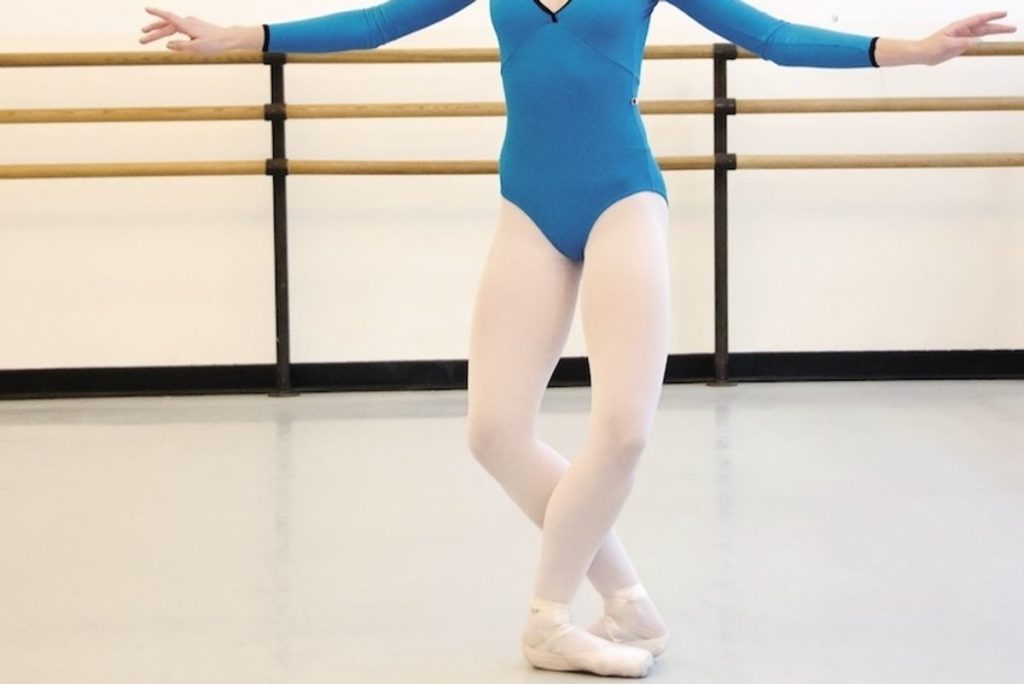What is a good plié? That’s the million-dollar question I often ask students at ballet companies and academies throughout the world. But even though the plié is one of the most common movements in dance, I often get contradictory responses. The correct answer: A successful plié takes the center of the body down and up along the plumb line (central axis) in an efficient manner, without bracing, tension or excess effort.
When done correctly, the plié enables students to perform transitions, jumps, balances and turns. Understanding how the body works (coordinates) to produce the most efficient dance movement is key to improving technique. Since the mind controls the body, change has to first happen in the brain to be permanent—in the way you feel, picture and experience the movement. Imagery allows you to improve control of your body.
Few dancers realize that the subtle changes that happen in the pelvis during a plié are essential for maintaining alignment and turnout without gripping or forcing the joints. The human pelvis is designed to be elastic and respond to the movement of the legs and spine. Holding the pelvis rigid and tightening muscles increases tension, making movement more difficult and the body prone to injury.
To help students, ask them to imagine a flying carpet under their pelvises. In plié, the carpet carries the pelvis down and lifts it back up, greatly reducing the effort in the legs. Then, have them visualize the action of the bones and joints on the descent and move their bodies accordingly:
- The three points of support in the feet—the center of the heel, the ball of the big toe and the ball of the little toe (fifth toe)—move away from each other. The feet must remain dynamic and involved in the movement.
- The feet spread on the floor like butter melting. This prevents students from lifting their arches in plié, which causes the joints of the legs and pelvis to grip and reduces turnout.
- The pelvic girdle is made up of two halves (innominate bones) and a sacrum (bottom part of the spine). Have students think of these halves as twisted plates or spirals. Point out that the top rims of the pelvic halves are on a different diagonal from the bottom of the pelvis, or the sitz bones (ischial tuberosities).
- The sitz bones move apart (widen). This allows the pelvic floor (between the sitz bones) to stretch and the hip joints to bend (flex/fold) properly. Gripping the pelvis during plié will cause tightening in the hip joints and knees, which reduces turnout.
- The back of the pelvis widens like a spreading fan, and the front of the pelvis narrows like a fan folding up.
- The femurs (thigh bones) rotate outward. This is not abduction, or moving the legs sideways, but an external rotation that occurs naturally on the descent due to the design of the leg.
On the ascent, students should feel the weight distributed equally on both feet as they allow the upper body to ride up on the strength of the legs. The femurs naturally rotate inward without gripping the muscles, and the sitz bones move together. The back of the pelvis narrows (folds up) and the front widens.
Whether it’s a plié or another movement, all dancers have problem spots or areas in which they’d like to improve. Students can meet these challenges by learning anatomy and then using imagery to understand it in their own bodies. The end result: greater technical ease, strength and flexibility—all with less tension and effort.
